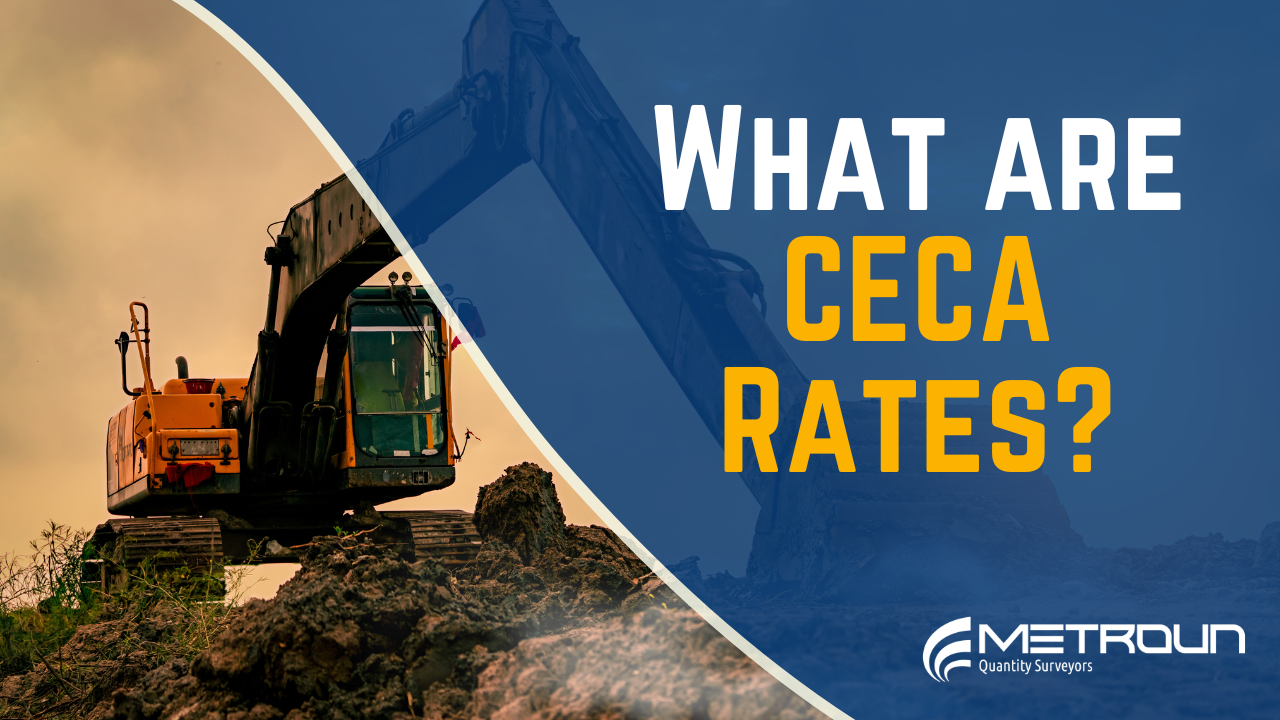Imagine you are trying to plan your dream home and want it to be as green as possible. This blog explores some of the most sustainable building material options out there that will hopefully become even more common and help to make the construction industry more sustainable.
Bamboo:
Bamboo is amazing because it grows extremely quickly and is incredibly strong with a high rate of carbon dioxide absorption. A great renewable resource that can be used for flooring, panelling, and structural elements. offering an eco-friendly alternative to traditional hardwoods.
Timber:
Other types of Timber from sustainably managed forests is also a great material: When sourced from sustainably managed forests, it ensures that the environmental impact is minimised and is a great material for our homes.
Cork:
Cork is also becoming a marvel of sustainability. Harvested from the bark of cork oak trees without harming the tree, cork is renewable, recyclable, and biodegradable, making it an excellent choice for flooring and insulation.
Recycled steel:
By reusing steel as a building material, we can significantly reduce the need for new materials, slashing energy consumption and carbon emissions in the process. It’s a perfect example of how recycling can play a crucial role in sustainable construction. Steel would be great for structural elements of a sustainable home.
Recycled Plastic:
Turning waste into wealth, recycled plastic transforms plastic waste into durable, often lighter building materials. It’s an excellent way to reduce landfill waste while offering a practical construction solution.

Hempcrete:
It’s made from the inner woody fibres of the hemp plant, mixed with lime and water. This innovative material is not only lightweight and insulating but also regulates moisture, contributing to energy-efficient buildings.
Rammed Earth:
A technique that compresses a mixture of earth (including clay, gravel, and sand), rammed earth walls are sustainable, non-toxic, and can provide excellent thermal mass. Keeping buildings cool in Summer and Warm in Winter.
Lastly, traditional materials like glass and clay brick, when sourced or produced sustainably, offer durability and energy efficiency benefits, proving that even conventional materials can contribute to a greener future.
Each of these sustainable building materials offers unique advantages in terms of sustainability, whether through reducing energy consumption, leveraging renewable resources, or minimising waste. The choice of material often depends on the specific requirements of the construction project, including local climate, availability of materials, and specific building needs. But, by choosing these eco-friendly alternatives, we can significantly reduce our environmental footprint, one building at a time.
You may be interested in one of our other blogs below!










